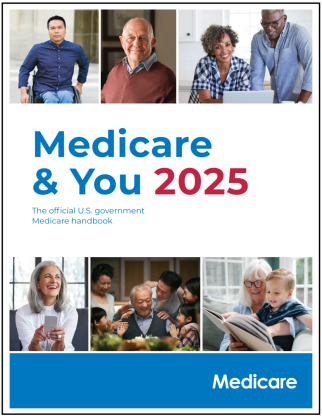Medicare & The Long-Term Care Coverage Gap
The transition into Medicare, known as "aging in," marks a significant milestone for clients turning 65. After that, there is an annual period focused on reviewing or modifying coverage known as the Medicare Annual Enrollment Period (AEP), and it's a crucial time for your clients to ensure they have appropriate coverage. However, regardless of whether it's aging in or AEP, the stark reality is that most Americans over age 65, including your clients, remain uncovered for Long-Term Care (LTC), some of the most expensive and extensive care they may need in retirement.
While Medicare offers essential health benefits, it explicitly excludes LTC services like nursing home care, assisted living facilities, and in-home care for those unable to perform activities of daily living due to chronic illness, disability, or cognitive impairment. The lack of coverage leaves many Americans vulnerable to substantial financial burdens in their later years. Without addressing the Medicare Coverage Gap, your clients and their families will be responsible for providing or paying for necessary care. Unfortunately, the lack of adequate LTC coverage for those over 65 is due to several factors, including:
- Medicare Limitations: Medicare primarily covers acute and short-term medical services. While it may cover a limited stay in a skilled nursing facility under specific conditions, it doesn't provide comprehensive coverage for ongoing LTC needs.
- Underestimation of Need: While there are data-driven, predictive modeling systems like the HALO from Lumiant, most advisors and consumers underestimate the likelihood of requiring or paying for LTC in the future or erroneously assume that Medicare will cover these costs.
- The Complexity of Options: LTC costs can be significant, draining savings and assets rapidly, and most Americans have not prepared for these expenses. Navigating the complex universe of insurance-based solutions for LTC can be overwhelming, as policies vary significantly, and finding one that aligns with a client's needs or budget can be challenging.
- Poor Advisor Engagement: For whatever reason, LTC and planning for it remain low priorities for most of the advisory community, so financial advisors/planners, estate/elder law attorneys, CPAs, etc., must do more. Failing to address this topic or recommend options to close the Medicare Coverage Gap puts millions of American families needlessly at risk.
The consequences of the Medicare Coverage Gap mean your clients and their loved ones will face difficult decisions, like being forced to choose between depleting savings, relying on family members for caregiving, or potentially compromising the quality of care. Regardless of their choices when "aging in" to Medicare or whether they make changes during AEP, the advisory community should be more proactive in discussing and creating a sense of urgency to address every client's Medicare Coverage Gap and ensure peace of mind in their golden years.
We look forward to collaborating with you as you guide clients through the LTC Planning process!!
240425

